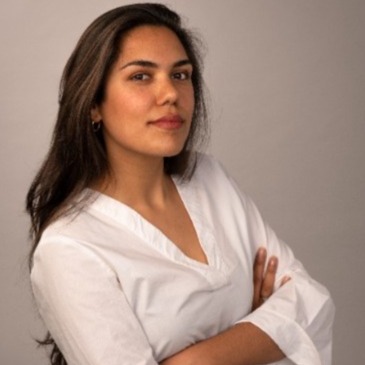The notion of diversity and inclusion should include larger overarching principles rather than just the assurance of the physical presence of children from different backgrounds and ethnicities. For a more systemic change that can last over generations, I think, in addition to the contextual manoeuvres like mentioned in the above contributions, we need to assure a more cemented approach of inclusion and diversity being realised by the education system as a whole. This can be possible, out of many ways, via the integration of ethnic and indigenous knowledge into both the theoretical and practical aspects of classroom activities.
Broadly put, indigenous knowledge can be referred to as a global concept of knowledge that arises out of the respective cultural, historical and social backgrounds of the indigenous peoples- being shaped by the family, community and the environment. For instance, the informal mediation of education across generations in the tribal communities based on their ontologies and epistemologies. It consists of a cumulative body of strategies, practices, techniques, tools, intellectual resources, explanations, beliefs and values accumulated over time in a specific locality. All the while, the knowledge associated needs to remain free of any interference and external hegemonic forces. This is a crucial point because historically, most of the systems of education across the world- especially in the African and Indian subcontinent have been asymmetrically colonised by the western values, in confrontation with the local traditions and local bodies of knowledge.
As the indigenous and ethnic knowledge is not confined to the material sphere but also has the interconnection with the spiritual and non-material realms of existence, an inclusive program of schooling has to very well keep in its theme the idea of respecting such experiential ideas. For example, ensuring that a certain number of Red Indian children enrol in a course/class based in a quota is not enough; what needs to be guaranteed is that the course and the curricula is reflective of the cultural and traditional richness that is associated with these children. From their food systems to their traditions of hunting and harvesting and celebrating carnivals, how might we design the education system as a whole such that the children from other backgrounds develop a sense of respect and willingness to acknowledge their ethnic/indigenous friends? How do we develop this humility organically? This should be the focal issue.
As a starting point, the teachers and educators can start from an inclusive content generation for their teaching. By using examples and contents from a variety of cultures and groups to illustrate key concepts, principles and generalizations, teachers can expand the horizon of the students' thinking and make it more broad and universal. For example, if you are teaching about housing structures, you may very well present examples from rural Northeast Indian villages where bamboos are used as the chief construction material for building houses. Same can be done with the field of medicine: incorporating the richness of ethnobotany will surely enhance the students' understanding of how tribal and cultural knowledge of the indigenous people can be crucial for even the so-called modern world fro which the ethnicities seem so distant and detached.


















